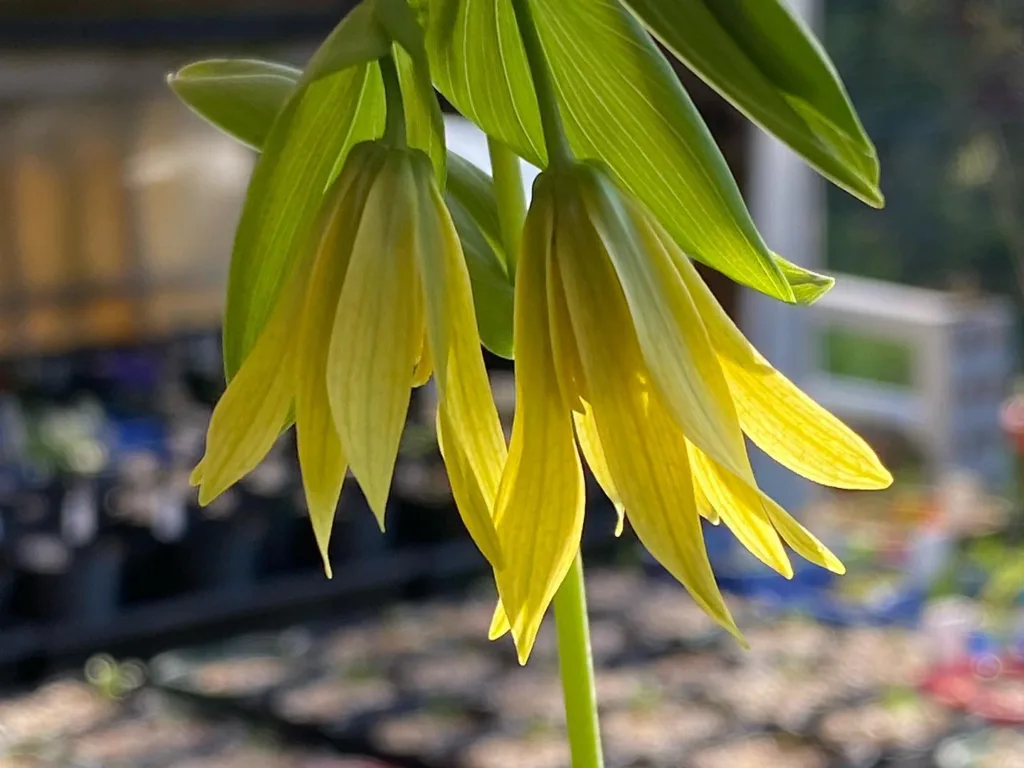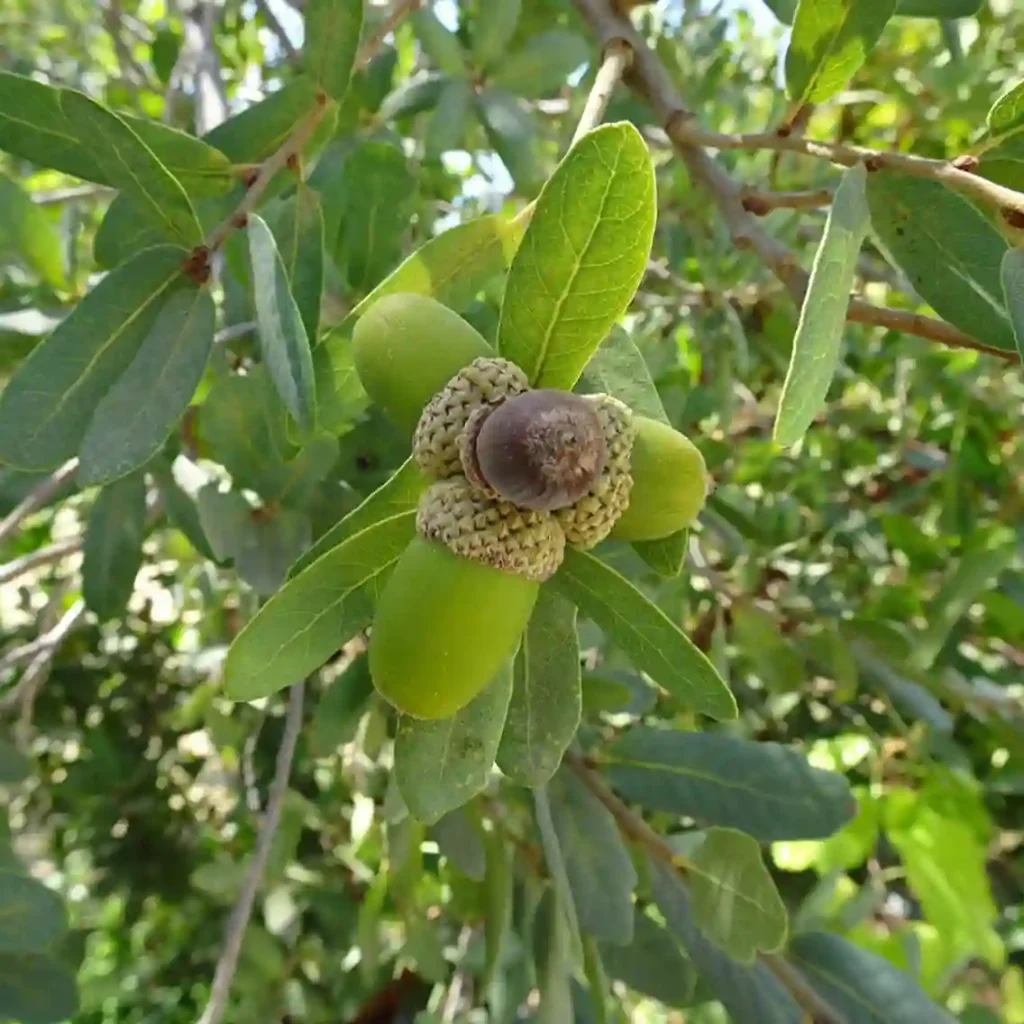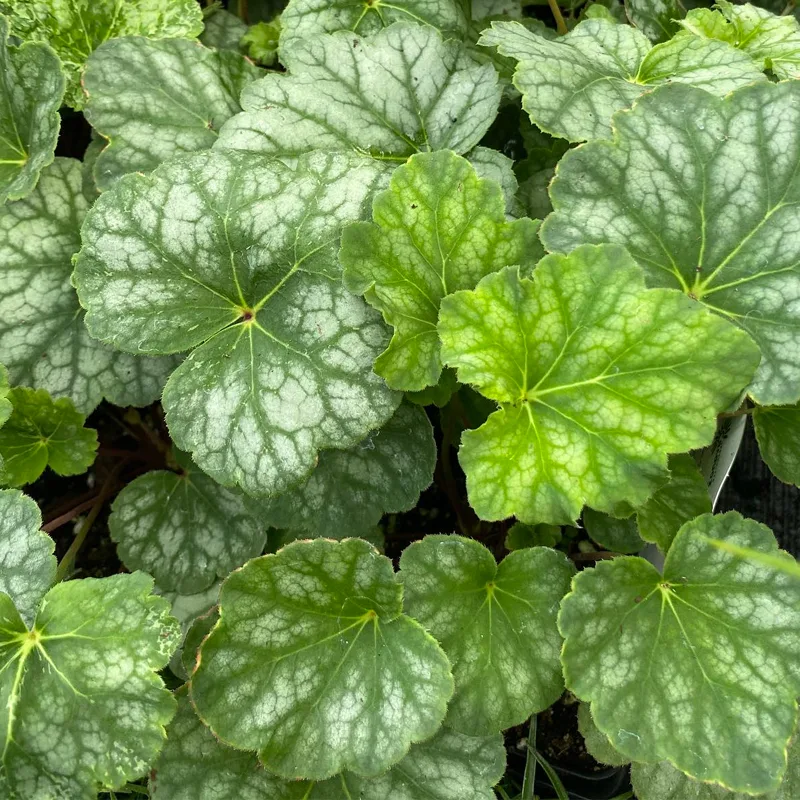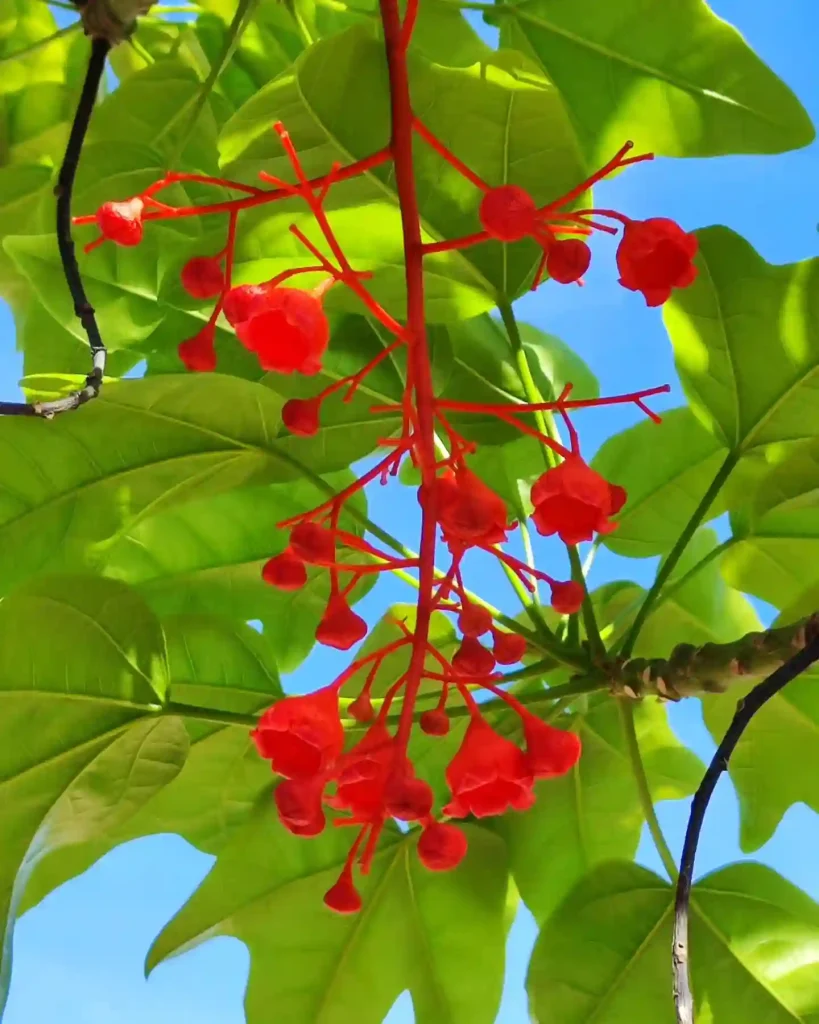FAQs About Rosa Glauca
As a passionate gardener, I’ve spent quite a bit of time cultivating and caring for various plants, and Rosa Glauca is one that has piqued my interest. This beautiful rose, known for its striking blue-green foliage and delicate pink blooms, can be a fantastic addition to any garden. However, like any plant, it comes with its own set of questions and concerns. Here’s what I’ve learned about Rosa Glauca, covering everything from pruning to purchasing.
391 Species in Genus Rosa
What Is Rosa Glauca?
Rosa Glauca, also known as the Redleaf Rose, is a deciduous shrub native to Europe. It stands out for its unique, bluish-green leaves and small, fragrant pink flowers that appear in early summer. Its overall appearance makes it a visually appealing choice for gardens, offering a touch of elegance and charm.
How to Prune Rosa Glauca?
Pruning Rosa Glauca is crucial to maintain its health and appearance. I’ve found that the best time to prune is right after the flowering period, which is usually late summer or early autumn. Begin by removing any dead or diseased wood. You can also trim back any overly long branches to shape the bush and encourage new growth. When pruning, aim to maintain an open center to improve air circulation, which helps prevent fungal diseases.
When to Prune Rosa Glauca?
In the UK, the ideal time to prune Rosa Glauca is late summer to early autumn, following the blooming period. This timing allows the plant to recover and prepare for the colder months. Avoid heavy pruning in late winter or early spring as it can disrupt the plant’s growth cycle and reduce flowering.
How to Prune Rosa Glauca UK?
Pruning Rosa Glauca in the UK involves similar principles as elsewhere, but considering the local climate is crucial. Given the UK’s temperate climate, ensure you prune after the last frost to avoid damage to new growth. Use sharp, clean tools to make precise cuts and avoid spreading diseases. It’s also helpful to apply a mulch around the base to protect the roots through winter.
How to Buy Rosa Glauca?
When buying Rosa Glauca, look for healthy, well-established plants from reputable nurseries or garden centers. Check for signs of disease or pest damage, such as discolored leaves or unusual spots. It’s also a good idea to ask about the plant’s age and growing conditions to ensure it will adapt well to your garden. Consider purchasing during the dormant season, usually late autumn or early spring, for the best results.
Can Rosa Glauca Grow in the Shade?
Rosa Glauca prefers full sun to partial shade. While it can tolerate some shade, it thrives best with at least six hours of sunlight a day. Growing it in too much shade can result in reduced flowering and less vibrant foliage. If you’re planting in a shaded area, choose a spot that receives morning sun or dappled light throughout the day.
Is Rosa Glauca Invasive?
Rosa Glauca is not typically considered invasive. However, like many roses, it can spread through suckering and may require some management to prevent it from encroaching on other garden areas. Regular maintenance and monitoring can help keep it in check and ensure it remains a lovely, manageable addition to your garden.
How to Care for Rosa Glauca?
Caring for Rosa Glauca involves a few key practices. Ensure it is planted in well-drained soil and receives adequate water, especially during dry periods. Mulching around the base can help retain moisture and suppress weeds. Fertilize in early spring with a balanced rose fertilizer to support healthy growth and blooming.
How to Propagate Rosa Glauca?
Propagating Rosa Glauca can be done through several methods, including cuttings and seed sowing. For cuttings, take healthy, non-flowering stems in late summer, dip them in rooting hormone, and plant them in a well-draining mix. Keep the cuttings moist and warm until they develop roots. Propagating by seed involves sowing seeds in early spring and providing a warm, sunny location.
What to Plant With Rosa Glauca?
Rosa Glauca pairs beautifully with other plants that complement its aesthetic. Consider planting it with ornamental grasses, such as Festuca or Miscanthus, for added texture. Lavender and other perennial herbs can also enhance its visual appeal while providing contrasting colors and scents.
Is Rosa Glauca Toxic?
Rosa Glauca is not considered toxic to humans or pets. However, as with all plants, it’s best to prevent consumption of its parts to avoid any potential adverse reactions.
Common Problems with Rosa Glauca
Common issues with Rosa Glauca include fungal diseases like black spot and powdery mildew. Ensuring good air circulation and avoiding overhead watering can help prevent these problems. Keep an eye out for pests such as aphids and spider mites, which can be managed with insecticidal soap or neem oil.
Compare Rosa Glauca with Other Roses
Compared to other roses, Rosa Glauca is noted for its distinctive foliage and more subtle floral display. Unlike hybrid tea roses with large blooms, Rosa Glauca offers a more understated elegance with its smaller, delicate flowers and attractive leaves.
I hope these insights help you make the most of Rosa Glauca in your garden. Whether you’re new to gardening or an experienced enthusiast, this rose’s unique qualities make it a worthwhile addition to any landscape.
If i die, water my plants!



